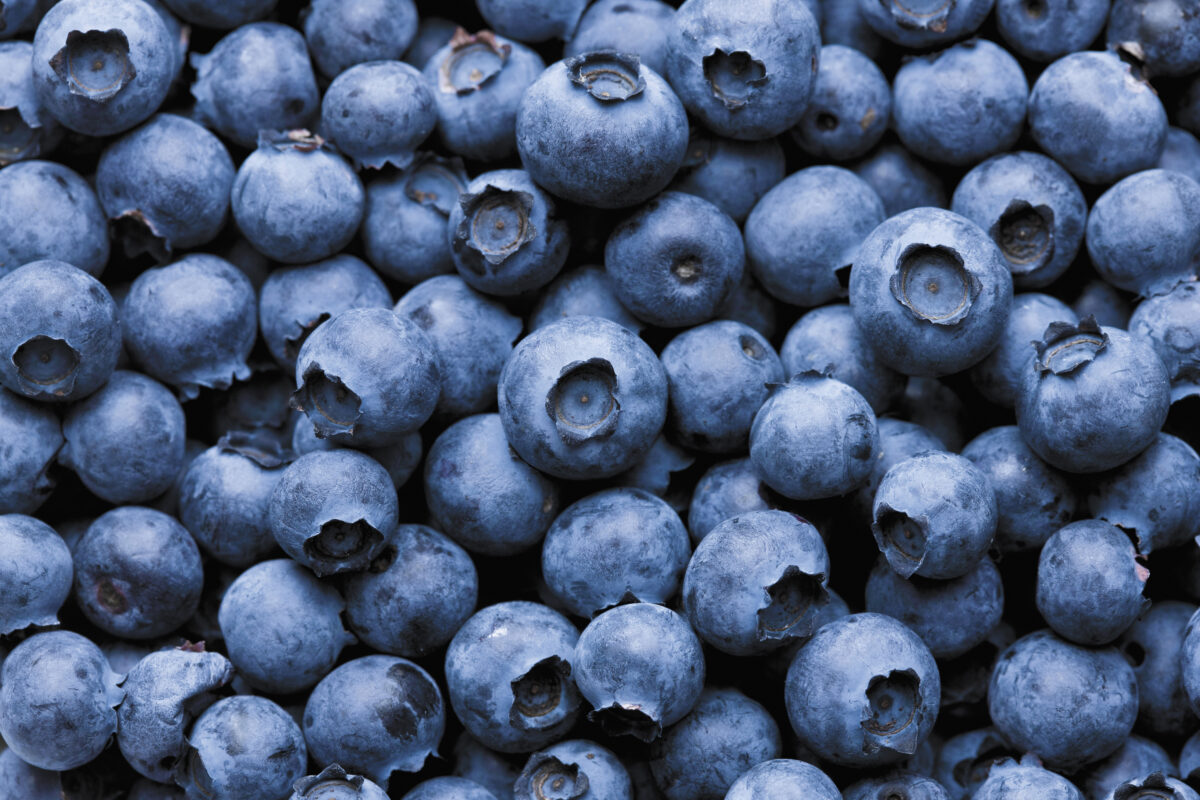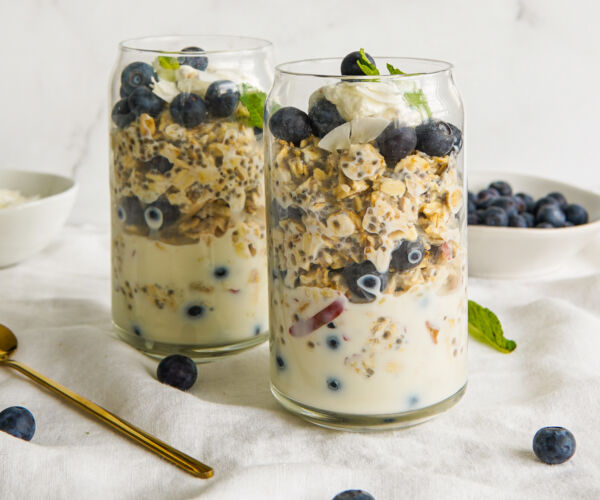Blueberries

Blueberry/Rēua
Availability
New Zealand blueberries are available from October to April.
Storage and Handling
In cooler months blueberries are best kept at room temperature but at the height of summer they need to be refrigerated. Handle all fresh produce with care and wash before eating.
History
The blueberry is one of the few fruit native to North America. Native American tribes consumed the berries fresh and also preserved them. Parts of the plant were used as medicine. A tea made from the leaves of the plant was thought to be good for the blood. Blueberry juice was used to treat coughs. The juice also made excellent dye for baskets and cloth.
Facts
- Blueberries grow on shrubs that are either deciduous (lose their leaves each year) or evergreen (keep their leaves)
- Blueberries are green and they ripen to a deep blue/purple colour
Growing Facts
- The largest producer of blueberries in the world is the USA
- The species of blueberry grown commercially requires a lot of winter chilling
- Around 80% of NZ blueberries are grown in the Waikato
Nutrition Information
Blueberries are a good source of dietary fibre and a source of vitamins C and E.
You will find the full Nutrition Information Panel on the New Zealand Food Composition Data website. This website is owned jointly by Plant & Food Research and the Manatū Hauora Ministry of Health. This website holds the most comprehensive collection of high-quality nutrient data for New Zealand foods. The Database is managed and maintained by dedicated Plant & Food Research staff.





